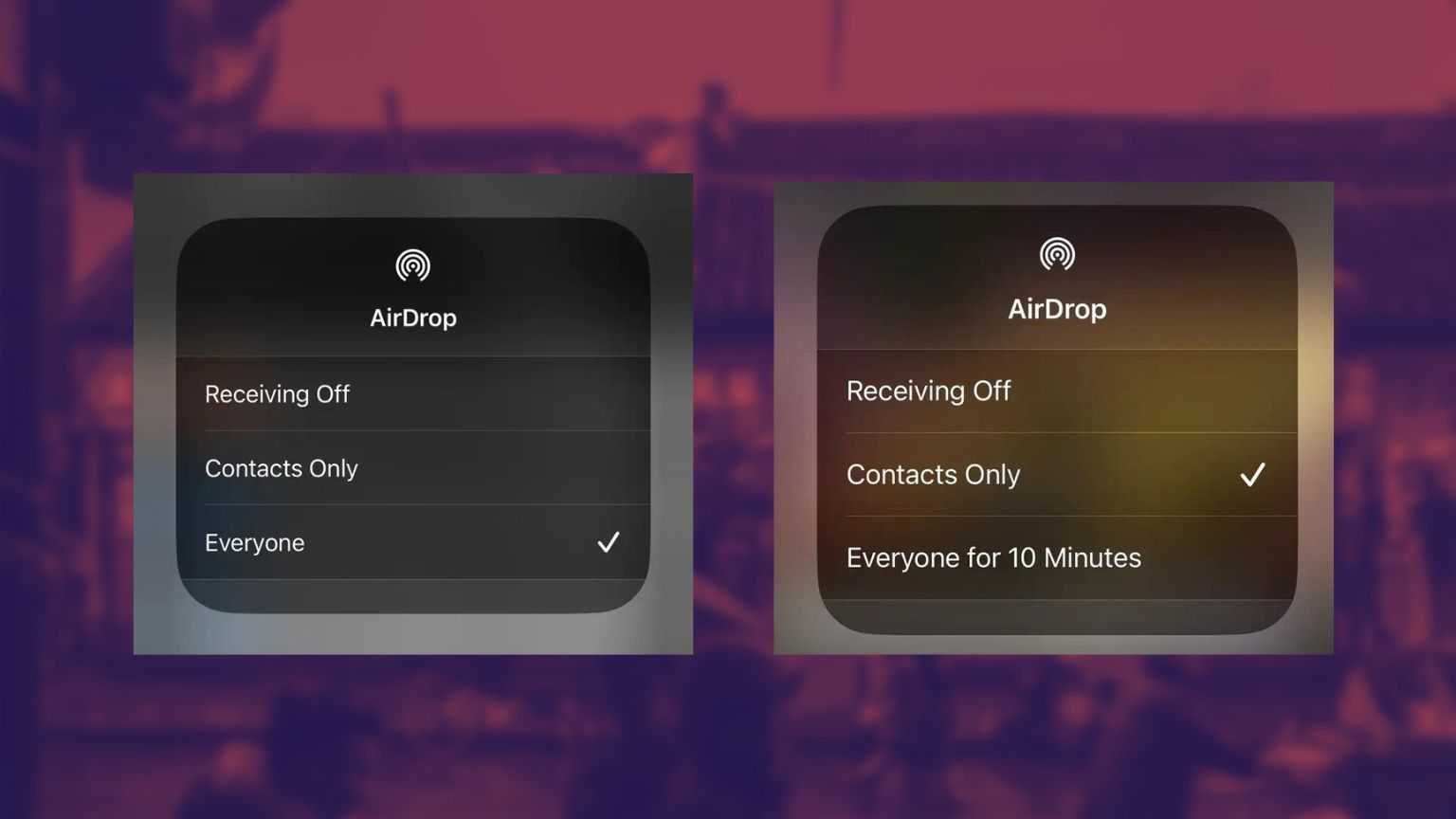
Earlier this month, Apple restricted the use of AirDrop in China. The file-sharing tool for iOS was used by protesters to communicate freely without the risk of censorship, because the tool uses direct connections between devices, creating a local network that cannot be monitored by government internet regulators.
Initially, people could choose to receive AirDrops from everyone nearby. However, a recent iOS update has made that impossible. The update made a change to AirDrop’s usage that only applies in mainland China, while the rest of the world can still use it to communicate as before.
Users in China can only receive from everyone nearby for only ten minutes, putting restrictions on how it’s used.
AirDrop has been used by protesters in Hong Kong to communicate with other protesters and bystanders, as well as send messages to tourists from mainland China. On the mainland, protesters have used AirDrop to spread protest literature.
According to Bloomberg, Apple will roll out the “Everyone for 10 minutes” feature globally next year. But it is not clear why the feature was first suddenly rolled out in China, especially during a time of such upheaval and the biggest protests China has seen in over 30 years.
Apple has helped Beijing to suppress public dissent multiple times, mostly by complying with its requests to remove apps used by protestors for information and communication. Apple also helps the Chinese Communist Party prevent users from remaining private by banning VPNs in the region.
